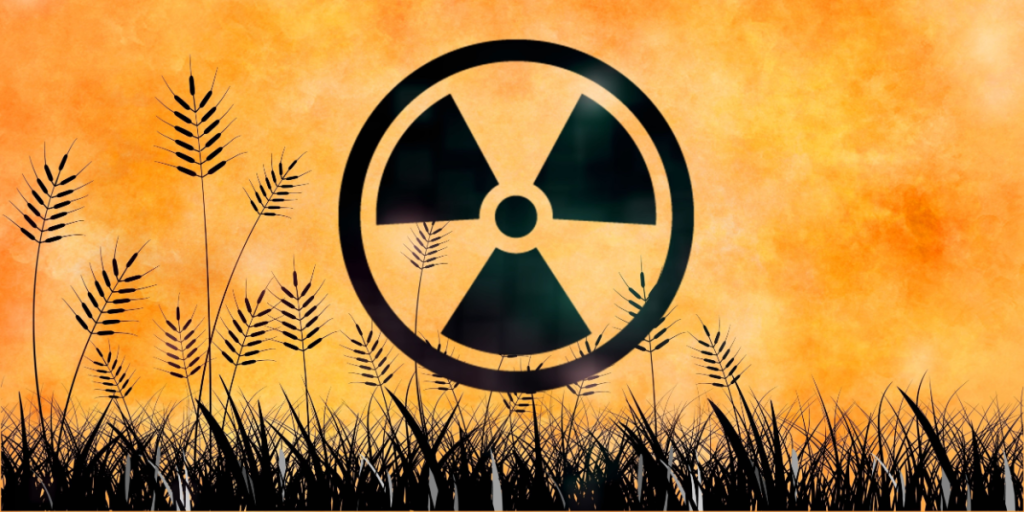Russia’s Ministry of Defense confirmed the launch of a Yars intercontinental ballistic missile from the Plesetsk Cosmodrome in the country’s north.
Others are reading now
Russian President Vladimir Putin supervised a wide-ranging nuclear forces exercise on Wednesday via video link from Moscow, according to the Kremlin.
The drill, held on October 22, 2025, tested the readiness of Russia’s strategic nuclear forces and involved all legs of the country’s nuclear triad: land, sea and air.
A “planned” operation, Putin emphasises
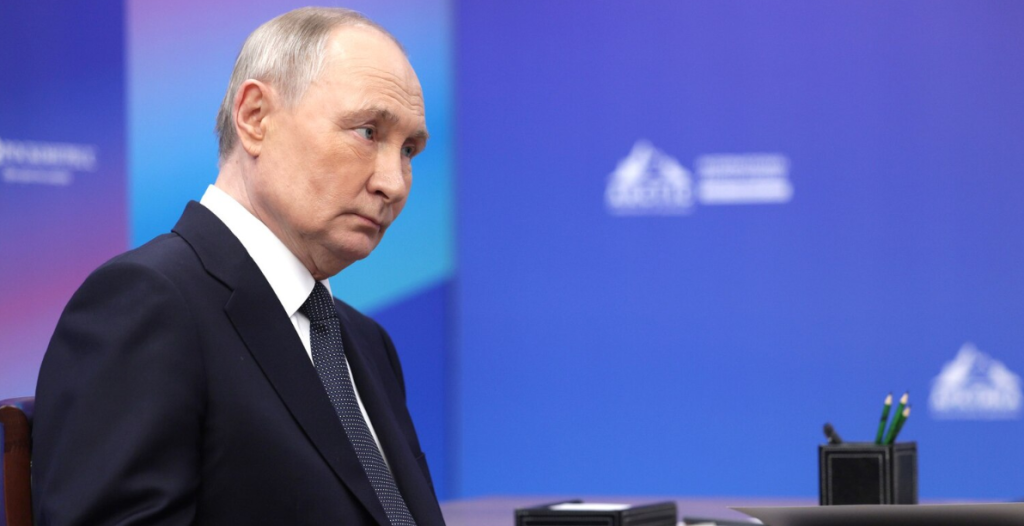
“This is a planned, I want to emphasise, planned, nuclear forces command and control exercise,” Putin said during a video call with senior military officials.
The event was portrayed as routine but came amid heightened geopolitical tension and uncertainty over future arms control agreements.
Strategic missiles launched on land and sea
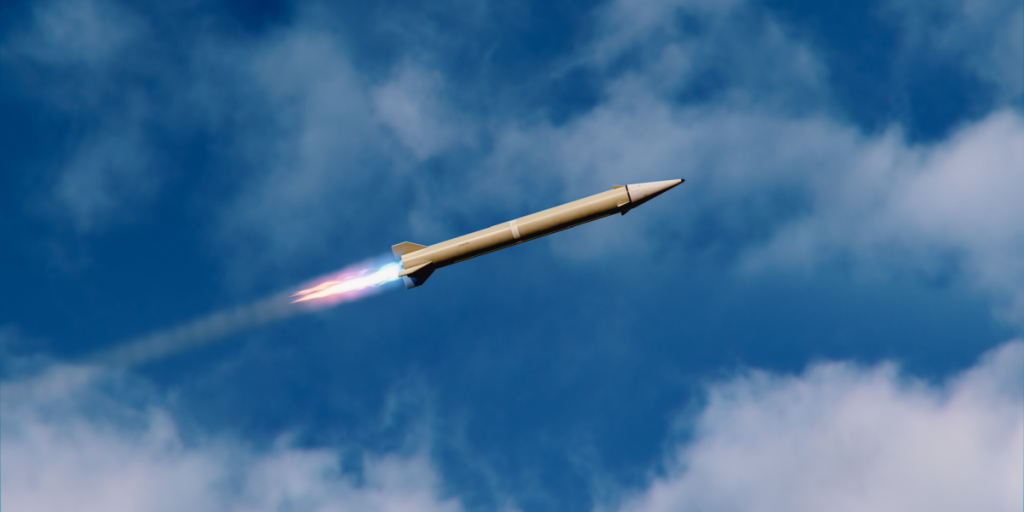
Russia’s Ministry of Defense confirmed the launch of a Yars intercontinental ballistic missile from the Plesetsk Cosmodrome in the country’s north.
Also read
Simultaneously, the nuclear-powered submarine Bryansk fired a Sineva ballistic missile from the Barents Sea, showcasing Russia’s sea-based deterrent capabilities.
Air-launched cruise missiles also tested
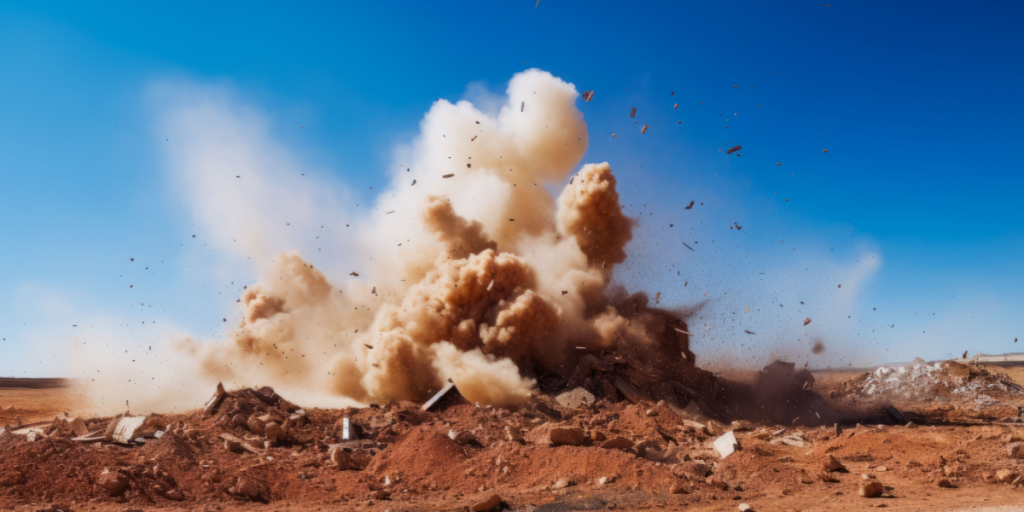
In the air component of the exercise, Tu-95MS long-range bombers fired cruise missiles, further demonstrating the scope of the operation.
State-run military broadcaster Zvezda released footage of the various launches, underlining Russia’s continued focus on its strategic weapons systems.
Kremlin: all objectives were achieved
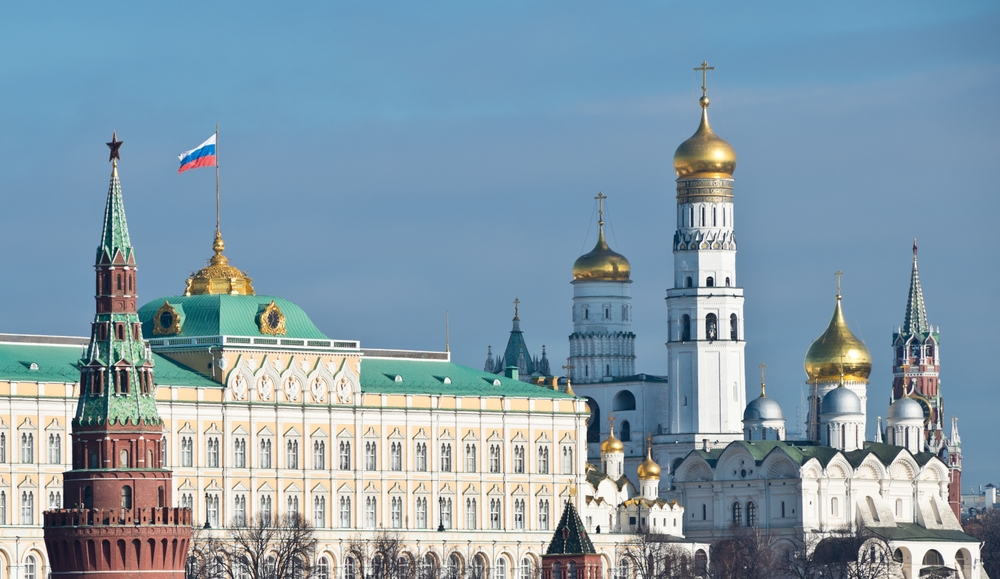
According to the Kremlin, the exercise tested not only missile systems but also the readiness of command-and-control structures and the operational skills of military personnel.
Officials stated that all goals were successfully met, reinforcing confidence in Russia’s nuclear deterrent infrastructure.
Also read
Routine drill, but with deeper implications
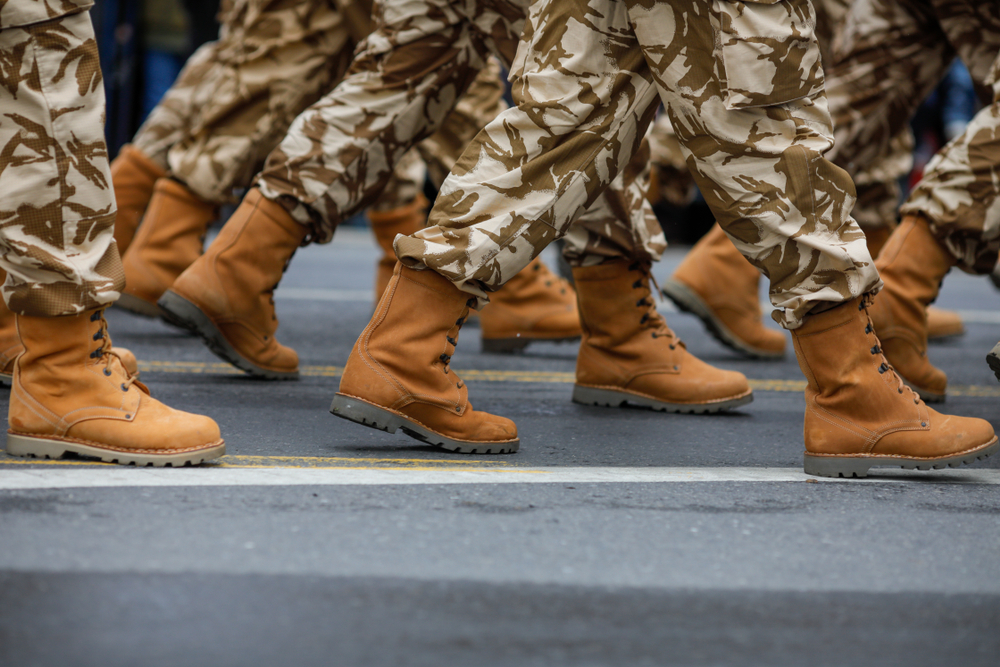
While such drills are conducted regularly, they take on added significance amid global tensions.
During a similar exercise last year, Putin underscored the importance of nuclear parity, stating that Russia’s arsenal was crucial for maintaining the global balance of power.
Nuclear doctrine revised after U.S. policy shift
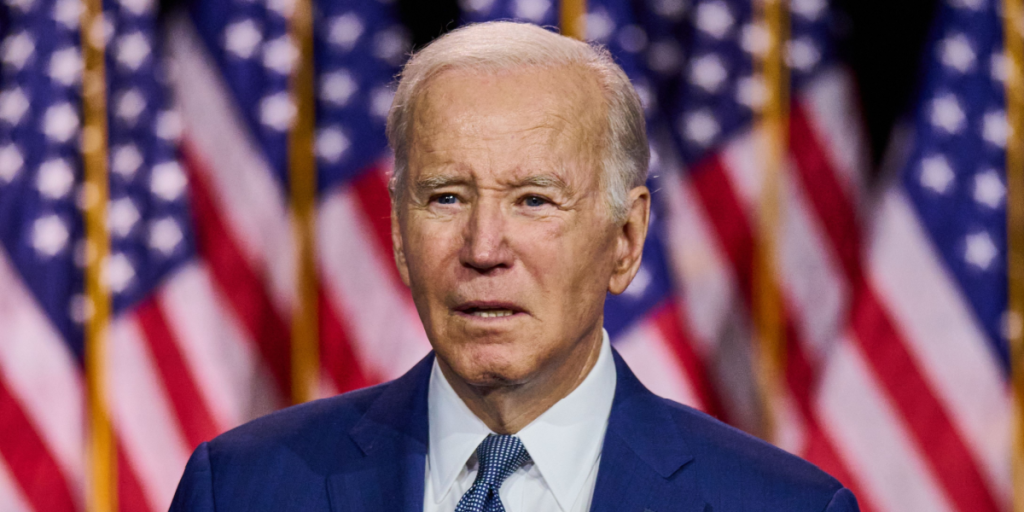
Just a month after the 2024 exercise, Putin revised Russia’s nuclear doctrine.
This followed the Biden administration’s decision to allow Ukraine to use U.S.-supplied weapons to strike inside Russia, a move seen by Moscow as a serious escalation.
Deputy minister highlights arms treaty risks
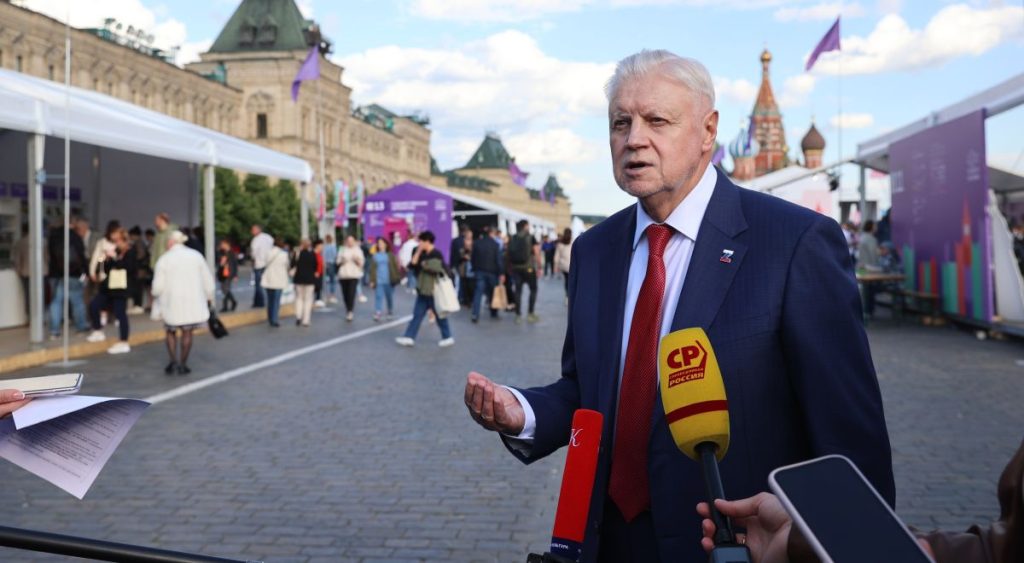
On the same day as the 2025 drill, Russian Deputy Foreign Minister Sergei Ryabkov raised concerns about the future of the New START treaty.
Also read
The agreement, signed in 2011, is set to expire in February 2026 unless renewed, and the outlook appears uncertain.
Ryabkov: nuclear vacuum looms if deal fails
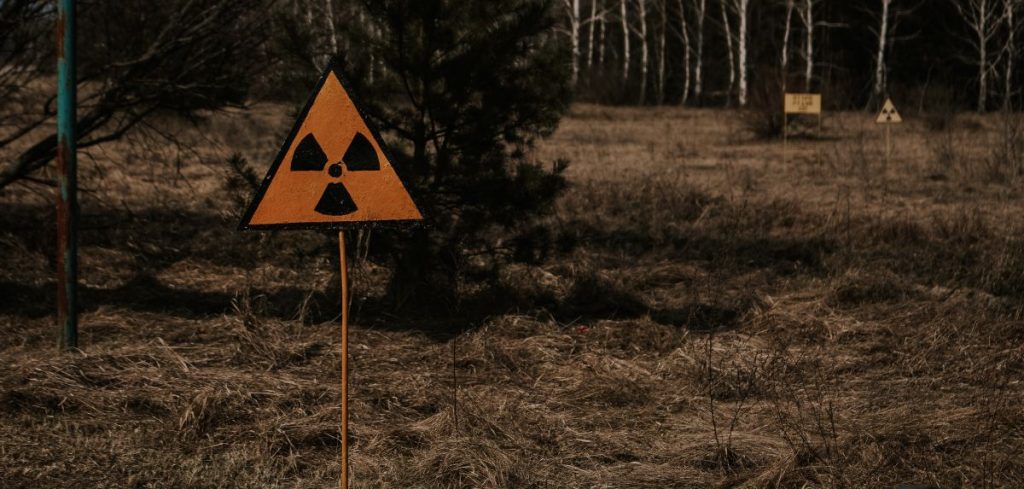
“If the US rejects the New START proposal, there will be a total vacuum in the area of nuclear weapons limitations and a growing nuclear threat,” Ryabkov told state media outlet RIA Novosti.
He stressed the need for Washington to abandon what he called a “hostile course.”
Putin–Trump summit put on ice
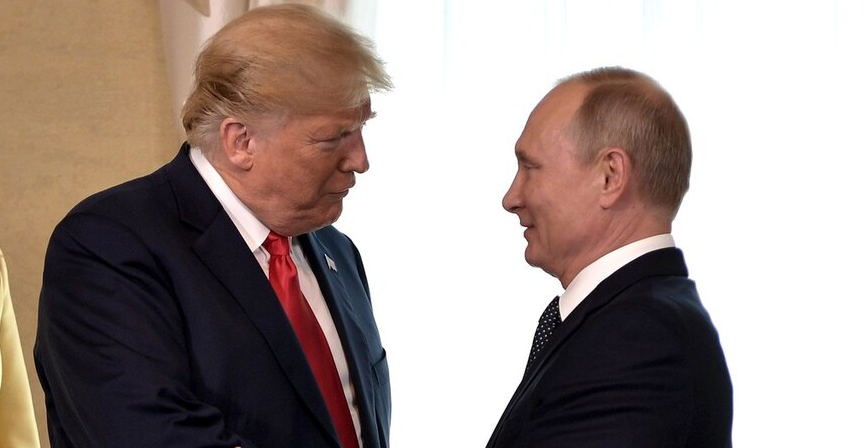
The nuclear drills took place as plans for a summit between Putin and U.S. President Donald Trump were shelved. Sources told CNN that a proposed meeting in Budapest has been called off for now.
Trump said he didn’t want the meeting to be “a waste of time.”
Also read
Trump still open to talks — eventually
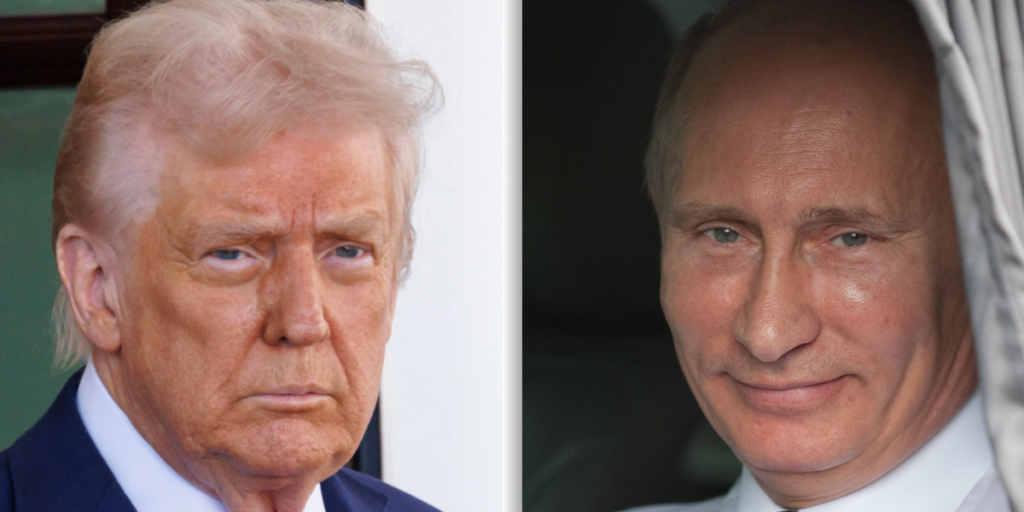
Despite the delay, Trump hinted he may still meet Putin in the future but noted it was “no longer a top priority.”
The shift comes amid strained U.S., Russia relations and broader uncertainty over the future of strategic dialogue between the two countries.
NATO recently held its own nuclear drill
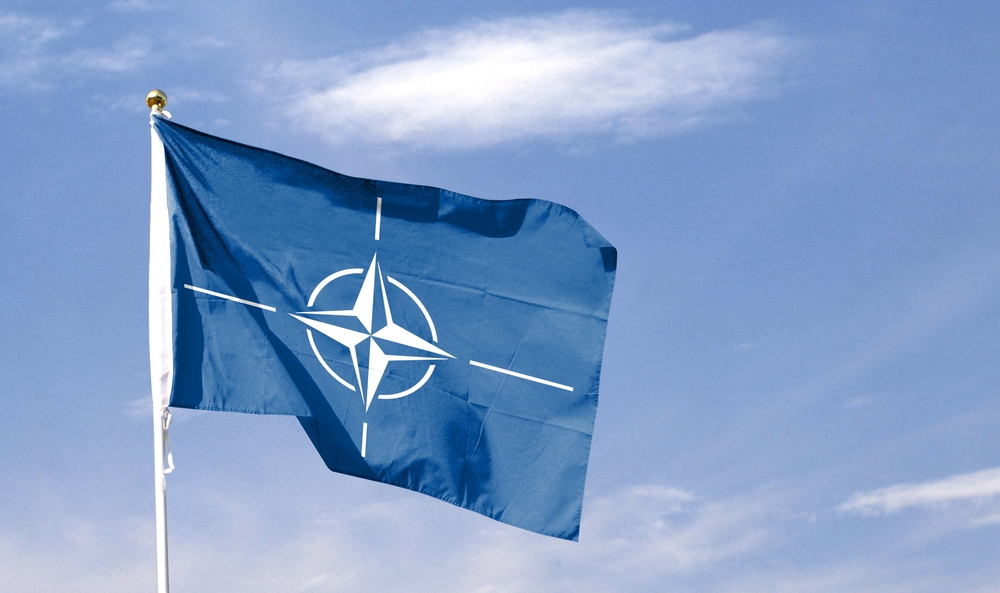
Russia’s exercise follows NATO’s Steadfast Noon, a nuclear deterrence drill involving around 70 aircraft from 14 allied nations.
Conducted across airbases in the Netherlands, Belgium, the UK, and Denmark, the alliance stated the operation was not connected to any current global events.
NATO: drills maintain safe, credible deterrence
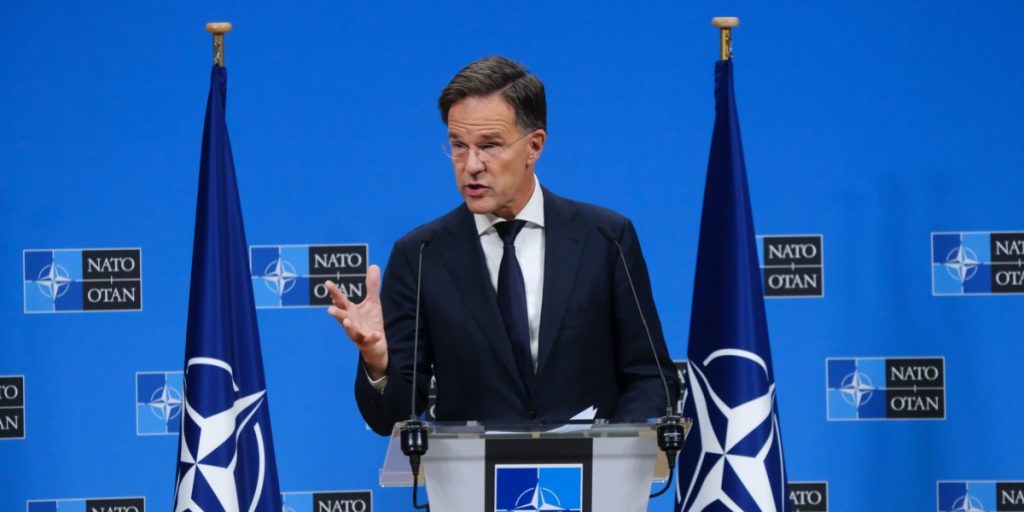
NATO Secretary General Mark Rutte said the alliance’s nuclear exercise helps ensure that its deterrent remains “credible, safe, secure, and effective.”
Also read
Though not a direct response to Russian activity, the timing highlights ongoing tensions and mutual displays of nuclear preparedness.

